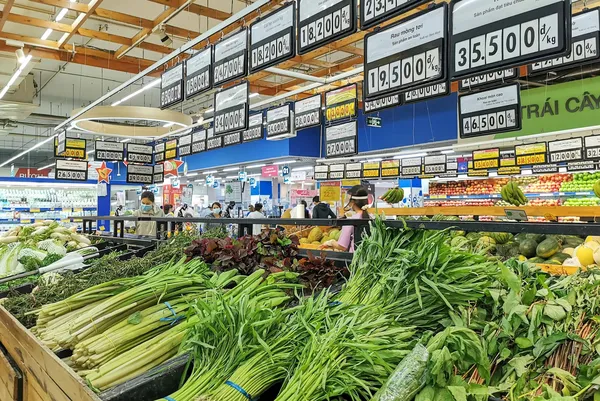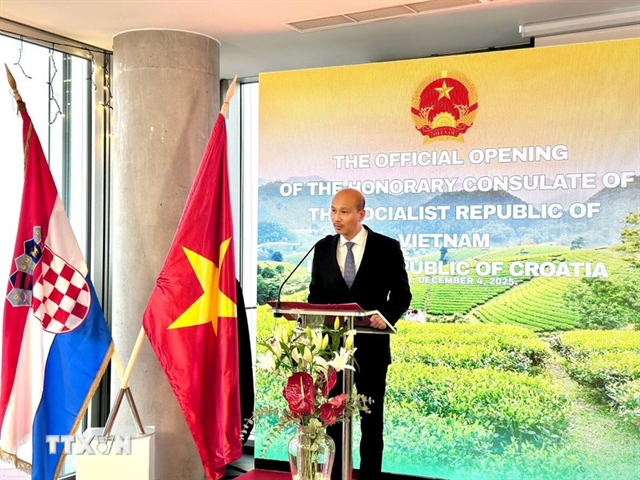 Economy
Economy


|
| A solar farm in the southern province of Ninh Thuận. VNA/VNS Photo Ngọc Hà |
HÀ NỘI Several countries in the Southeast Asia region have expressed interest in purchasing Việt Nam's renewable energy, according to the Institute of Science and Environment, Seas and Islands under the Ministry of Natural Resources and Environment (MoNRE).
According to Dr Dư Văn Toán from the institute, Việt Nam's total installed power capacity reached 78.4GW by 2021, making it the largest power system among ASEAN countries. The country has also been heavily investing in renewable energy in recent years.
By 2030, Việt Nam's offshore wind power is projected to reach 6,000MW, with a goal of over 70,000MW by 2050.
The National Power Development Plan VIII for the 2021 - 2030 period has set out a path for the strong development of offshore wind power, in conjunction with other renewable energy sources including solar power, onshore wind power, hydro, and biomass to meet domestic and export demands.
"We have been contacted by a company based in Singapore about the purchase of 4GW of renewable energy per year and another offer for 10GW from companies from Malaysia," said Toán.
He said, however, that prospective buyers must start studying Việt Nam's laws and regulations regarding renewable energy.
Toán believes the next step for Vietnamese policymakers is to figure out what part and how much renewable energy the country produces can be designated for export.
Under Power Plan VIII, Việt Nam has set a target to export 5,000-10,000MW of energy by 2030. However, this is a secondary objective as ensuring energy supply for the country comes first.
Phạm Văn Thiều, Chairman of the People's Committee of southern Bạc Liêu Province, said his province and neighbouring provinces of Cà Mau and Sóc Trăng, possess large untapped potential in the development of renewable energy, especially in offshore wind and solar power capacity ranging from 26,000-30,000MW.
Once fully developed, the chairman said there will likely be excess capacity that can be directed to export to countries in the region.
He urged the central government and ministries to quickly formulate a legal framework for energy trading.
Competition, however, will likely be stiff. Singapore, a potential customer of Việt Nam's renewable energy, has been in the process of evaluating some 20 proposals from sellers, including companies from Australia, India and Cambodia.
Thiều said it's high time the country put together a mechanism for energy export to seize opportunities once supply is secured.
Earlier, the Ministry of Planning and Investment said in an official statement that Power Plan VIII must identify electricity export projects and develop renewable sources for export.
Economist Nguyễn Hữu Thái Hòa said there is still much to be done to improve Việt Nam's investment policy, especially in a new frontier such as renewable. He said energy projects typically require large capital investments and without favourable policies, are often considered as high-risk by investors.
"Businesses must focus on profitability. Without strong support policies from the government, they may be hesitant to pour capital in the industry," he said.
Industry experts said the private sector plays an important role in the country's transition to green and renewable energy. VNS




